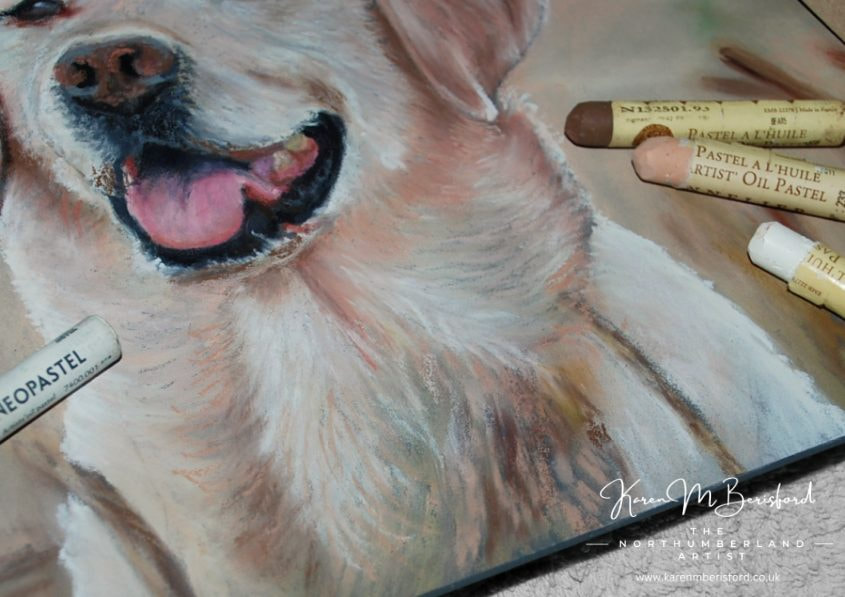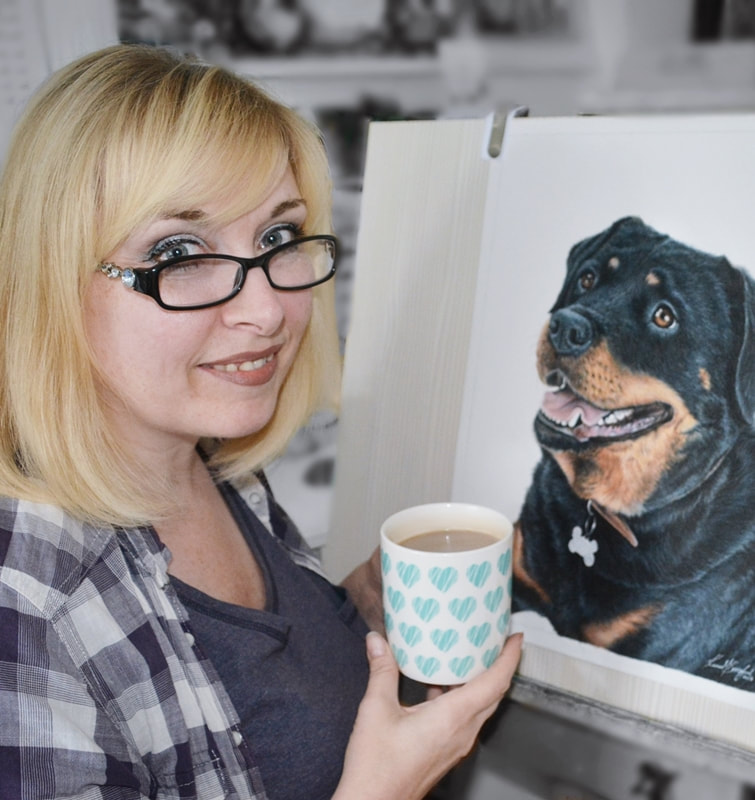|
I am currently working on an art project featuring three oil pastel paintings. Each painting is a crucial element of a photo shoot which showcases a blonde-haired woman sporting authentic 1950s attire, driving a magnificent bright green 1956 Mercury Montclair. In this painting, the spotlight is on the car's dashboard, mainly the steering wheel and instrument panel. After researching the car, I observed that the original gauges have been replaced with more modern analogue ones, although the rest of the dashboard remains the same. I enjoy demonstrating the intricate process of my art creation through time-lapse videos that vividly showcases my layering technique. Although the video may only last a few seconds, the actual process takes a considerable amount of time, spanning over an hour in real-time. It is an arduous yet rewarding process that demands patience, dedication, and precision. For this collection of works, I am using the dark grey Clairfontaine Pastelmat paper as it offers a smooth surface that enhances the vibrancy of the colours. My go-to pastels are the high-quality Sennelier oil pastels and Caran d'Ache Neopastels, which provide various hues and shades. I rely on Tortillions and paper stumps to create subtle blends to achieve the desired effects.
0 Comments
Having recently finished an oil pastel painting of our late black Labrador, Haze, I decided to create one of our beautiful Yellow Labrador Storm. Since Storm is 14, every day with him is precious. I have not yet completed his portrait, so I thought this composition would make the perfect portrait. Read on and discover the step-by-step process behind my oil pastel painting of Storm. You'll gain a better understanding of how everything comes together and the techniques I use to achieve my results, particularly insightful if you are looking to book a portrait of your own. When it comes to my oil pastel paintings, I prefer a loose style that is reminiscent of traditional oil paintings. These highly pigmented pastels boast a vibrant and striking colour palette, and help to create a textured finish that adds depth and character to the overall composition. My goal is to accentuate the unique features of each subject through careful layering and definition, ultimately bringing the portrait to life in a way that feels both authentic and captivating. I loosely apply the base colours, ensuring they are blended smoothly for a soft finish. Using paper stumps of varying sizes proves to be extremely helpful in manipulating the pastels. I usually work with large and small oil pastels from Sennelier, so I can quickly cover different areas. For my paintings, I exclusively use artist-quality, lightfast oil pastels from Sennelier and Neopastels by Caran d'Ache. I use a surface by Ampersand Art called Pastelbord, which is an archival medium-textured and highly absorbent surface coated with an acid-free clay and gesso ground with a marble dust finish. To explore the products mentioned and learn more about them, you can easily access their individual pages on my other website Step by Step Art. If you are an artist, you may find the articles helpful. In loving memory of Storm |
AuthorKaren M Berisford Select tags below to search the news blog directory.
Categories
All
Archives
July 2024
|
|
Vertical Divider
|
- Art Store
Original Art & Prints - Custom made Portraits - Gift Vouchers - The Art Hub (For Artists) Vertical Divider
|
- Art Gallery
- Pet Portraits Gallery - Acrylic Paintings - Oil Pastel Paintings - Framing Info. - Coloured Pencil Portraits Videos from the Studio - Art in Progress Vertical Divider
|
|
Images and text within this website are Copyright of Karen M Berisford 2010 - 2024
No content should be used, copied or distributed in any way without express consent from Karen M Berisford
No content should be used, copied or distributed in any way without express consent from Karen M Berisford






























